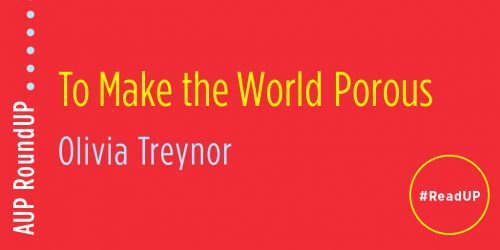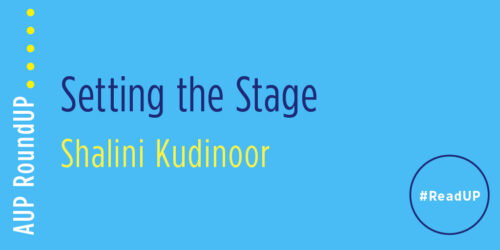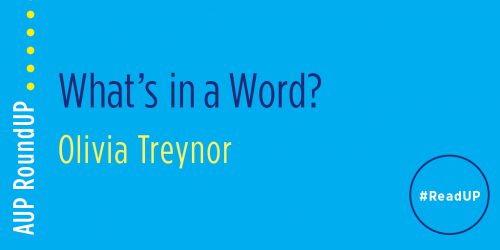History Informs the Present: An AUP RoundUPBy Olivia Treynor

In my inaugural Columbia University Press Blog post, I thought it would be appropriate to think about the ways history informs the present. After all, I’m picking up where our previous bloggers left off, providing weekly thoughts on and highlights of posts from other university press blogs. In this installment, the framework of how progress works guides me as I look at topics from the evolution of literature to the 1918 pandemic to presidential photography.
EVOLVING LITERATURE…
I want to begin in conversation with a Cambridge Press blog post that asks the question, “Does literature evolve?” Technologies of the Novel: Quantitative Data and the Evolution of Literary Systems author Nicholas D. Paige argues, in short, yes—but literature evolves as a technology rather than as an organic form. “The system’s churn is patterned, not random,” writes Paige. Novels, then, are constrained by their predecessors, only to be gradually and predictably innovated on by their successors. “Ideology, economies, or even the modern age” are not the engines for the novel’s change; instead, the history of the form itself is what allows for prose to evolve.
UNIVERSITY OF CALIFORNIA PRESS
EVOLVING VIRUSES…
My own imagination limited to my current context, I couldn’t help but think of the permutations Paige is arguing for as virus-like. Reading this all-too-familiar article on the history of the 1918–1920 pandemic in California, published in 2020 by the University of California Press and recently awarded the Western Association of Women Historians’ Judith Lee Ridge Prize, I am reminded that a virus can only persist if there are bodies to host it. More importantly, a virus can only evolve if its host is somewhat resistant to infection and it must therefore adapt to survive.
THE PAST ALLOWS FOR THE FUTURE…
The creation of photography itself is deeply tied to what it owes to its predecessors. Despite George Washington dying forty years before photography was invented, Cara A. Finnegan, author of Photographic Presidents: Making History from Daguerreotype to Digital, says photographers made “numerous daguerreotypes of portraits and busts of Washington.” The emerging discipline of photography, she argues, “needed presidents to authorize its value to the public.” Once again, the past sets the stage for the future.
WRITING HISTORY…
In this podcast episode highlighting Authorized Heritage: Place, Memory, and Historic Sites in Prairie Canada, Robert Coutts discusses how historic sites in prairie Canada are and are not commemorated, and examines who is granted authority and authorship when history is written. Explaining the title, Coutts says: “In general, ‘authorized heritage’ refers to the process of how the dominant heritage narrative is achieved. How do governments decide which spaces and places are significant and which are not?” Coutts’s idea of authorized heritage raises the questions of what works are considered “canon” and thus included in the evolutionary lineage of a form, genre, or medium.
ROOTS OF THE ROUNDUP
Using the art-as-virus metaphor, a work is only as great as its ancestry allows. Every piece before it must offer something for its successor to solve, improve upon, or find itself in conversation with. I’m in debt to the founding roundup manifesto, circa 2014, which explains what I see as the needfulness of these series of posts:
By showing the diversity and quality of posts on academic publishing blogs, we hope to help demonstrate the role of university presses in bringing scholarly conversations into the public sphere, and to show that this facilitation happens through the blogs of scholarly publishers as well as through our books.
Indeed, I hope these weekly posts bring you a satisfying synthesis of the diverse and urgent ideas scholarly publishers offer. Until next week!









1 Response